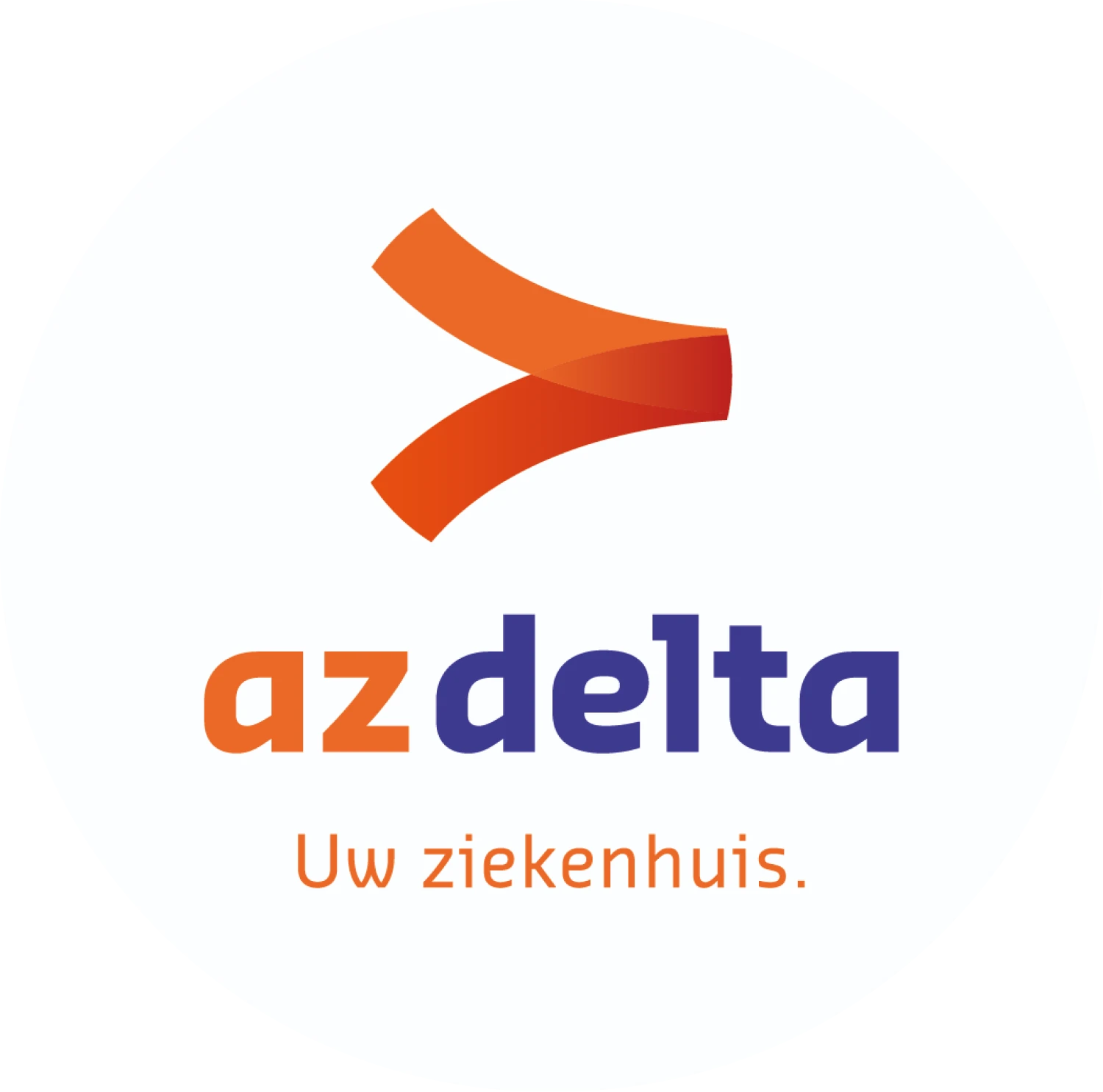Enteroscopy
Brugsesteenweg
Rumbeke
Torhout
Menen
During an enteroscopy, a doctor looks at the small intestine with a more flexible device (the endoscope). For example, we can see inflammations, polyps, bleeding or growths here. In addition, we can perform interventions with the endoscope. We can insert the endoscope into the mouth or anus. This depends on where the problems are in the small intestine.
Aim of the research
Preparation
You should prepare for an enteroscopy. The preparation you need to do depends on whether we insert the endoscope through the mouth or anus. Pay close attention to what preparation you need to do.
For both research applies:
One week before the examination, you should not take iron tablets. Iron tablets make the intestinal mucosa black. This makes it more difficult to view the intestine. After the examination, you can take the iron tablets again.
Are you taking blood thinning or diabetes medications? Then you must indicate this to the doctor who requested the examination for you before the examination. We will then tell you what to do with the drugs before the study.
We also ask you to complete a health questionnaire before the study. You have received an email about this. If you do not complete the questionnaire, the research cannot continue.
For research via the mouth the preparation is the same as the preparation for a capsule study.
You are not allowed to eat anything from midnight.
You may still drink water or tea up to two hours before the examination. You can also take your medication with water up to two hours before the study.
From two hours before the examination, you must be completely sober. This means that you are no longer allowed to eat or drink.
For research via the anus Preparation takes place as before an examination of the colon.
One week before the examination, no gastric or intestinal photos should be taken with a barium-containing contrast agent.
In order for the examination to be done properly and safely, the intestine must be empty and clean. Otherwise, we may miss abnormalities or have to do the research again. It is therefore important that you are well prepared with laxatives and a diet. To do this, you will receive a prescription for the Pleinvue laxative.
Execution
During the examination, you will be fully sedated and lie on your left side. We insert the endoscope through the mouth or anus. We always move the endoscope slightly to get as far into the small intestine as possible. If we need to see a little better, we breathe air into your bowels via the endoscope. It is difficult to predict how long the research will take. Please allow 1 to 2 hours. This also depends on the interventions we do.
Hospitalization
After the examination
After the examination, you will be taken to the awakening room. When you are well awake, you will get something to eat and drink. Then you can go home with your guidance. This is after about an hour and a half. Sometimes it may be necessary to monitor you for longer.
You may be groggy and forgetful for the rest of the day. As a result, you are not allowed to participate in traffic yourself for 24 hours. This means that you are not allowed to drive a car, (moped) bicycle or mobility scooter. You should therefore always be picked up by someone.
Advantages and disadvantages
Side effects
In the first few days after the examination, you may experience some abdominal pain, intestinal cramps, bloating and flatulence. This is because of the air that we breathed in during the investigation. Leaving the wind often helps. It is also possible that your throat is equally sensitive after the examination. Drinking cold or eating ice cream helps.
Complications from this examination are rare. The risk of a complication increases if the doctor performs an intervention during the examination. The most common complication is bleeding. Another complication is a bowel perforation. This is a hole or crack in the wall of the intestine. We can often treat this during the scopy itself. Sometimes these complications only occur later.


